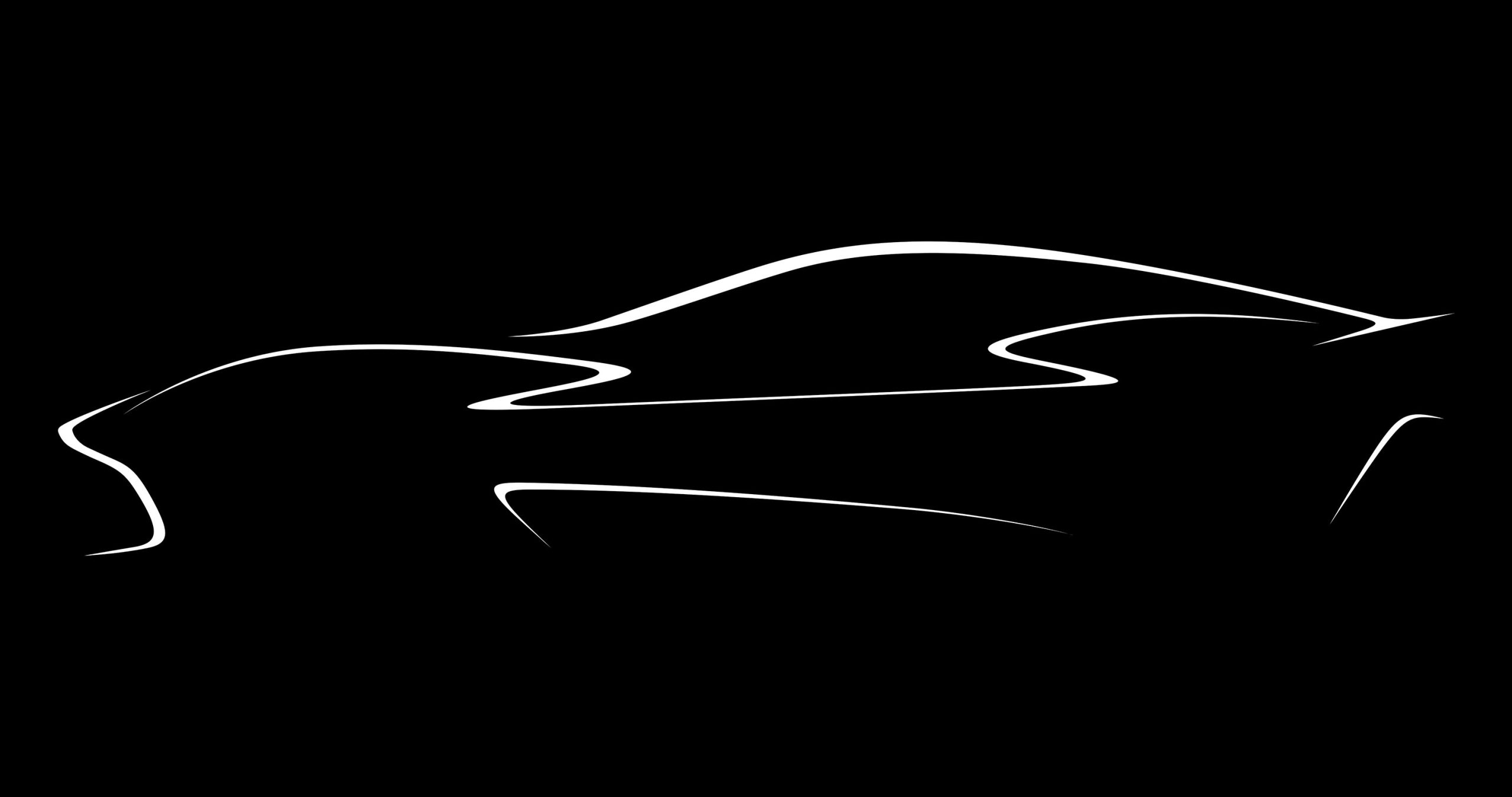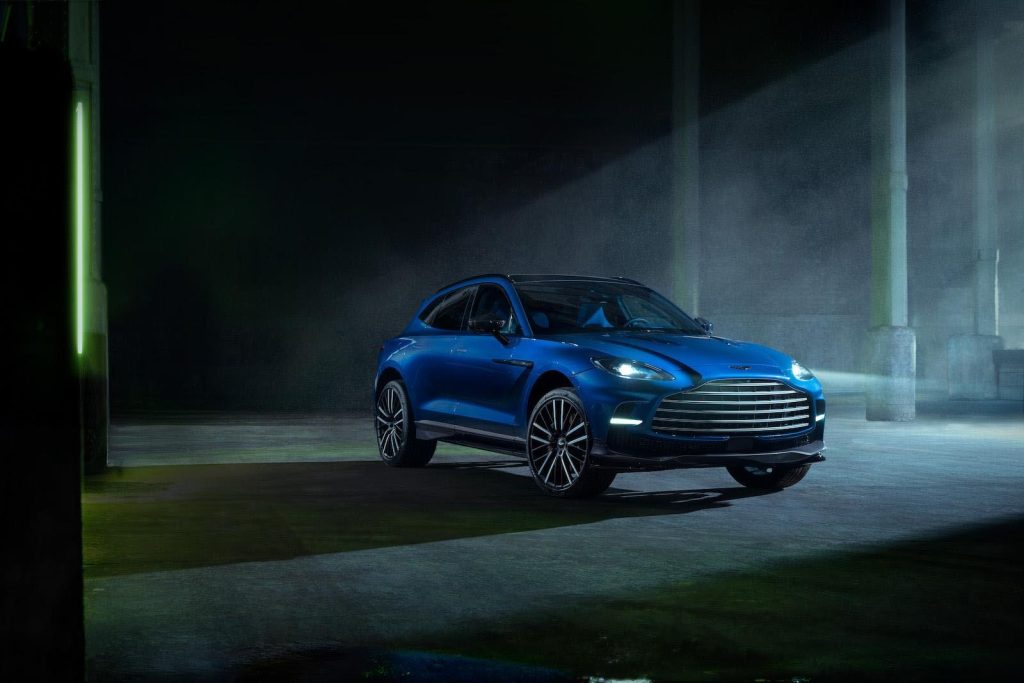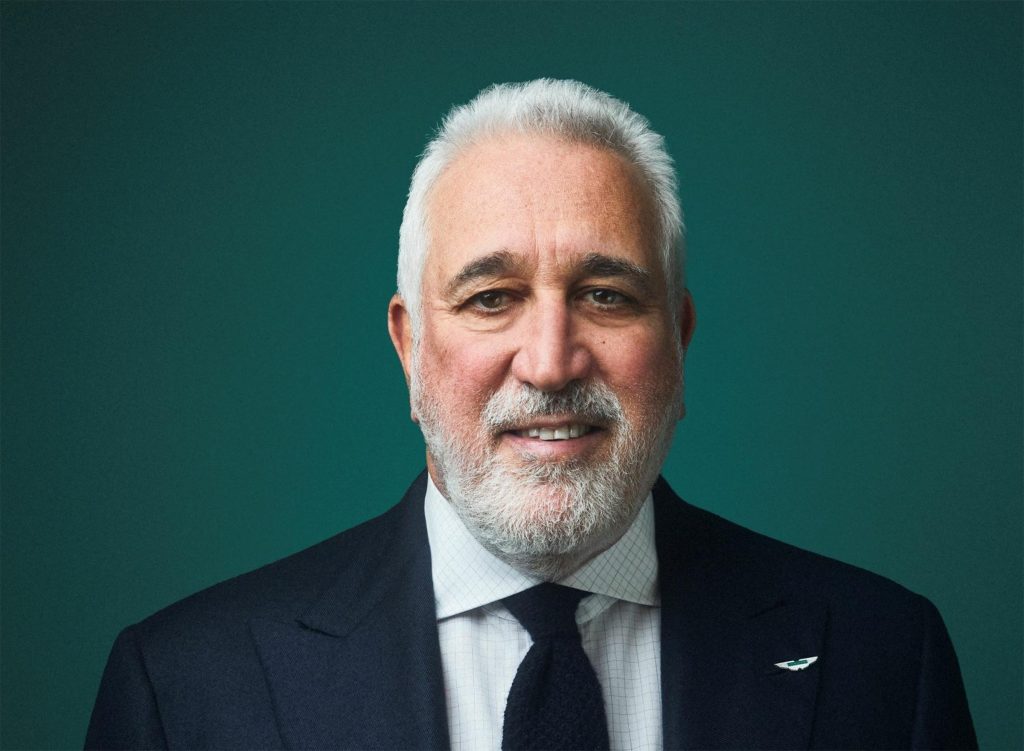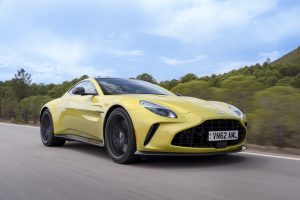Aston Martin is following the lead of manufacturers including Ford, General Motors and Volkswagen, responding to slowing growth in the EV market by delaying the launch of its first all-electric model by at least a year.
 Aston previously indicated plans to add four all-electric models to its lineup, with the first set to debut in 2025. That won’t happen until 2026, Executive Chairman Lawrence Stroll said during a presentation of Aston’s 2023 financial results on Wednesday.
Aston previously indicated plans to add four all-electric models to its lineup, with the first set to debut in 2025. That won’t happen until 2026, Executive Chairman Lawrence Stroll said during a presentation of Aston’s 2023 financial results on Wednesday.
“The consumer demand for all-electric vehicles, certainly at an Aston Martin price point, is not what we thought it was going to be two years ago,” Stroll said.
That segment of the market “is saturated” with new EV entries, agreed Stephanie Brinley, principal automotive analyst with S&P Global Mobility. And more are coming. General Motors’ Cadillac brand will launch the nearly $300,000 Celestiq this year. And China’s BYD announced plans for the $233,000 Yangwang U9 supercar at the Geneva Motor Show this week.
Shifting focus to PHEVs
During the presentation, Stroll said Aston would continue offering vehicles using internal combustion technology “well into the 2030s.”
That will include a number of plug-in hybrids. The first, the Aston Martin Valhalla, is scheduled to reach production this year, according to Aston. A PHEV version of Aston’s DBX sport-utility vehicle is widely expected to follow.
There’s growing interest in the use of plug-in hybrid technology across the industry. Combining an IC engine with electric motors can yield increased performance – the strategy behind Valhalla. It also allows owners to operate in all-electric mode for limited runs. Today’s typical plug-in models get anywhere from about 25 to more than 50 miles pure charge before their gas engines take over, enough to handle the typical U.S. motorist’s daily needs, according to Department of Transportation data.
More EV News
- Musk says Tesla Roadster coming in 2025
- First drive: Honda Prologue EV
- “Electrified” vehicles dominate Consumer Reports’ 10 Top Picks
Aston EVs still coming
The original Aston Martin plan called for the first to reach showrooms in 2025, with another EV set for launch every year through 2027. Stroll indicated the British marque is still going ahead with its EV program, just pushing their roll-out back.
Aston plans to invest 2 billion pounds, or $2.53 billion, on electrification over the next five years – 350 billion pounds of that this year alone.
The automaker is developing its own platform for the EVs it’s planning. But it has teamed up with U.S.-based Lucid for the electric drive technology, including motors and batteries. Backed by the Saudi Arabian sovereign investment fund, Lucid will provide similar technology to that it’s using in its Lucid Air Sapphire, an all-electric supercar capable of launching from 0 to 60 in under 2 seconds.
Aston also has ties to Mercedes-Benz for some high-tech components, such as its infotainment systems, and with China’s Zhjiang Geely for other basic parts, such as seats and climate control systems.
Bleeding cash
During his presentation on Wednesday, Stroll said Aston had adjust earnings of 174.8 million pounds during the fourth quarter of 2023, a 58% year-over-year increase. But it reported a 111 million pound, or $140 million, operating loss for the full year.
Its performance was impacted by the slow ramp-up of the new DB12 sports car due to supplier delays. Stroll said production is now back to projected levels. Meanwhile, its average revenues per vehicle have been on the rise since the launch of the Valkyrie hypercar last year.
Still, the company faces a number of challenges beyond the delay of its EV program. Among other things, it is now searching for a new chief executive officer. Whoever is hired would be the fourth CEO in just four years.









0 Comments